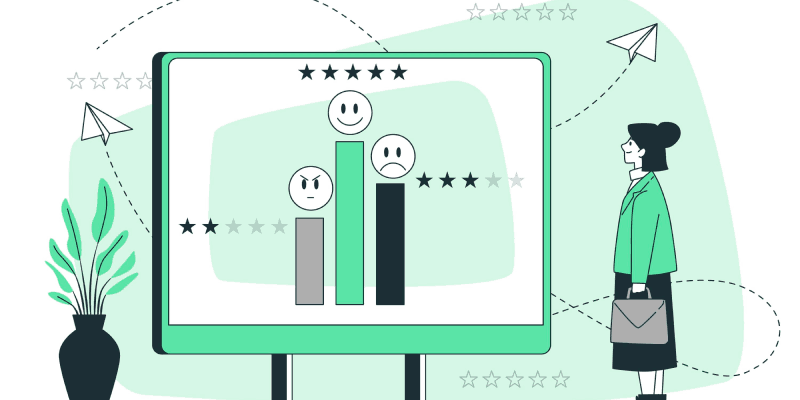Is the Customer Journey Over?

Customer journey modelling and a belief in the efficacy of applying a structured journey to customer engagement through time is deeply ingrained in SaaS culture. That Customer Journeys deliver greater Customer Lifetime value is an article of faith for many.
Why is this? Is it time to look to some other, better way of maintaining long-term relationships and maximizing revenue streams?
Firstly, it’s important to recognize that there are (at least) 2 reasons we are so tied to Customer Journeys:
- In the days before we had streams of customer data and the applications to help parse, interpret and apply that data, it was difficult to build and maintain close relationships with customers at any kind of scale. We tended to create slightly contrived engagement programs, applied as part of an overarching Customer Journey. We programatised onboardings and renewal processes, fired off ad-hoc surveys, scheduled QBRs and check-in calls all with the view to managing customers through a defined set of milestones in their first year, hoping they would renew their contract and magically become Customers for Life.
- As humans, we are hardwired to interpret our lived experiences in story and journey form. From Propp to Campbell to Toderov, many cultural theorists have illustrated the ubiquity to which human cultures have relied on stories of heroic journeys to make sense of the world. Business culture is no exception. [The problem is, Customers are not (generally ) heroic figures and our relationship with them cannot be interpreted in the form of some simulated, contrived journey, folk tale or otherwise].
Times have changed however, and we no longer need to rely on outdated practices and heuristics to define how we relate to customers. We now have access to huge volumes of customer data (and some great software to interpret and manage it) and can apply strategies to monitor the State of customers through the use of real-time segmentation. We can then apply real-time reactive or proactive strategies rather than planned, customer journey, interventions.
Think about the state of being of a customer rather than their state of motion. By that I mean think about what a customer needs at any specific point in time, irrespective of where they might exist in some contrived lifecycle. How we optimize their experience (and our return) at any given time should take priority over getting them from point A to point B.
To hijack a new age mantra, the Customer is now. You need to have to the agility to apply a strategy based on customers existing profile, conditions, behavior and desired outcomes, right now. I.e. their State.
Of course, we still face the reality that there is an initial adoption period and that contracts will need to be renewed at some point in the future but these are components of the customers State rather than the sole arbiters of how we should engage with them.
[Question:” Are Customer State and Customer Health not interchangeable terms for the same concept?” No, both can be components within the other but a customer’s State (defined by the parameters of a Segment), requires EVERY parameter to be applied for the state to occur whereas a health score is a weighted total of different components that may or may not apply at any given time. There is also an element of nuance to how a health score is built whereas a Segment is definitive and therefore delivers a more appropriate trigger to act.]
To understand a Customers State you must have access to a powerful Segmentation solution (like the Akita CS Platform).
By way of example, a customer 30 days from Contract End date where all of the data is telling you the customer is guaranteed to sign their renewal paperwork puts the customer in a completely different State to a customer who is 30 Days from contract end date and all of the data points towards them churning. Do we deal with both the same because they are ‘in renewal’?
The image below (from Akita) lays out the type of Boolean logic that can be applied to achieve this …
Should we wish to increase the granularity of the segment, we merely add another filter, as per below…
Once you have understood and defined all of your customers States, you can start to replicate these as segments in a Customer Success platform. The next step will be to set up alerts and automated playbooks to be triggered when a particular State applies.
We no longer have to structure customer engagement solely around arbitrary concepts that have no real relationship to a customer’s experience, like contract terms or even calendars. Instead we can tie our engagement directly to a customer’s Real-time State.








